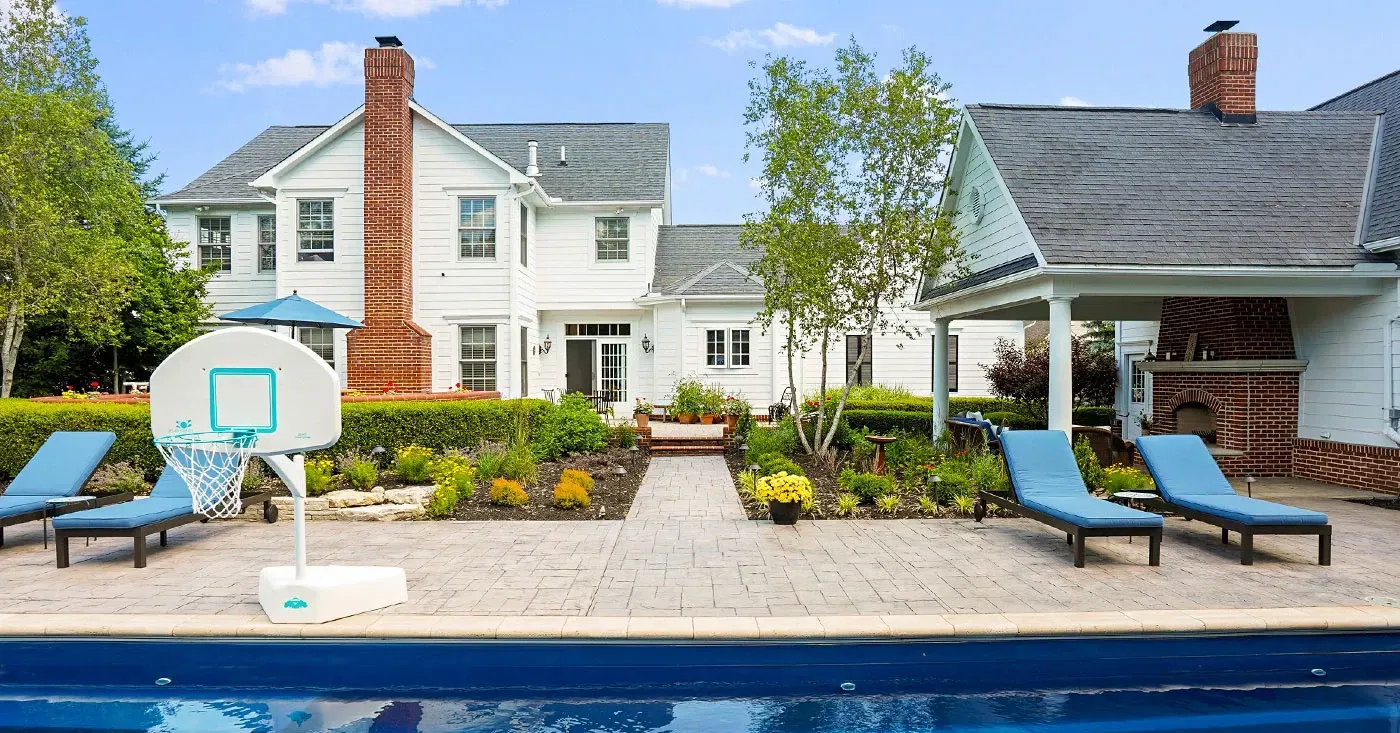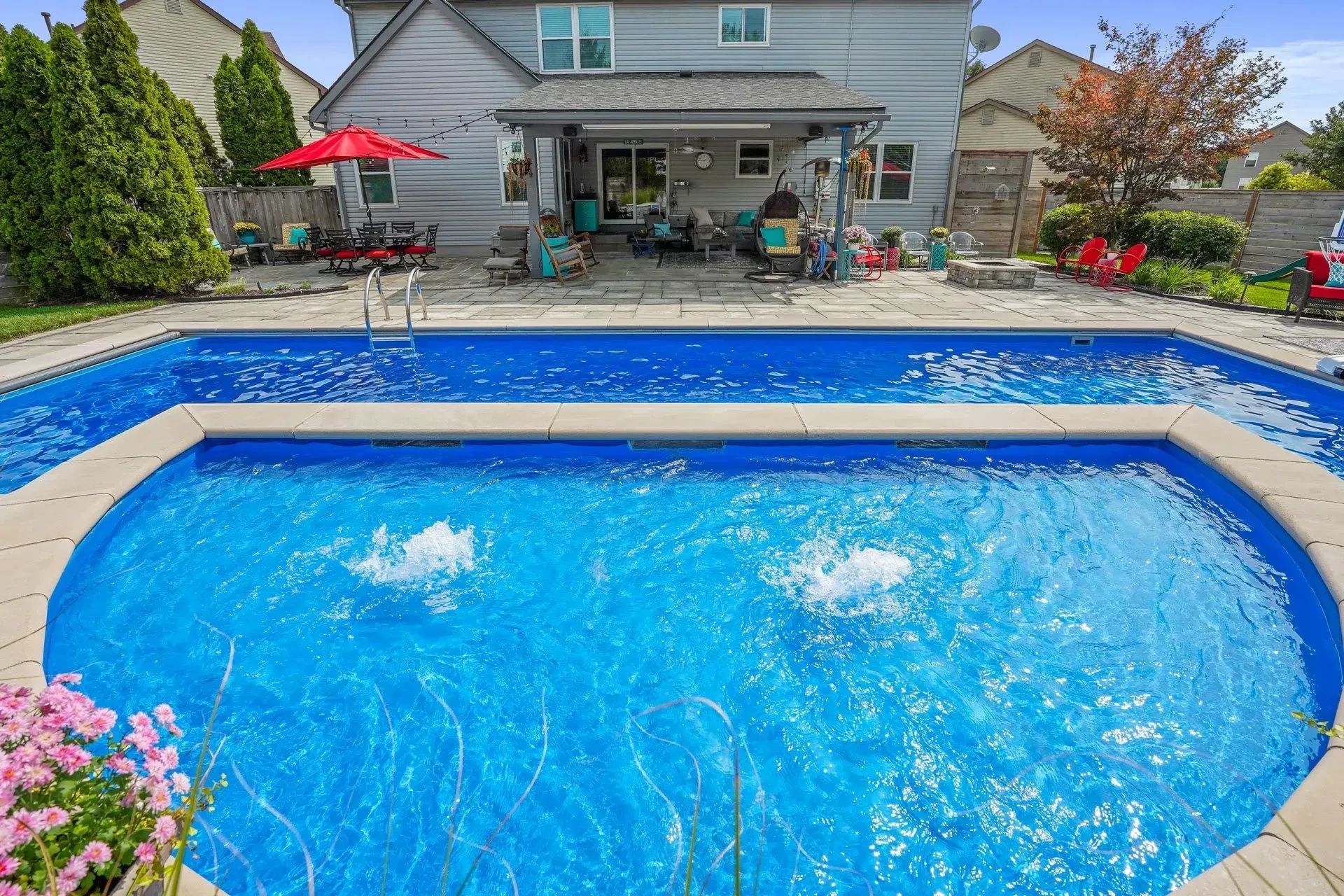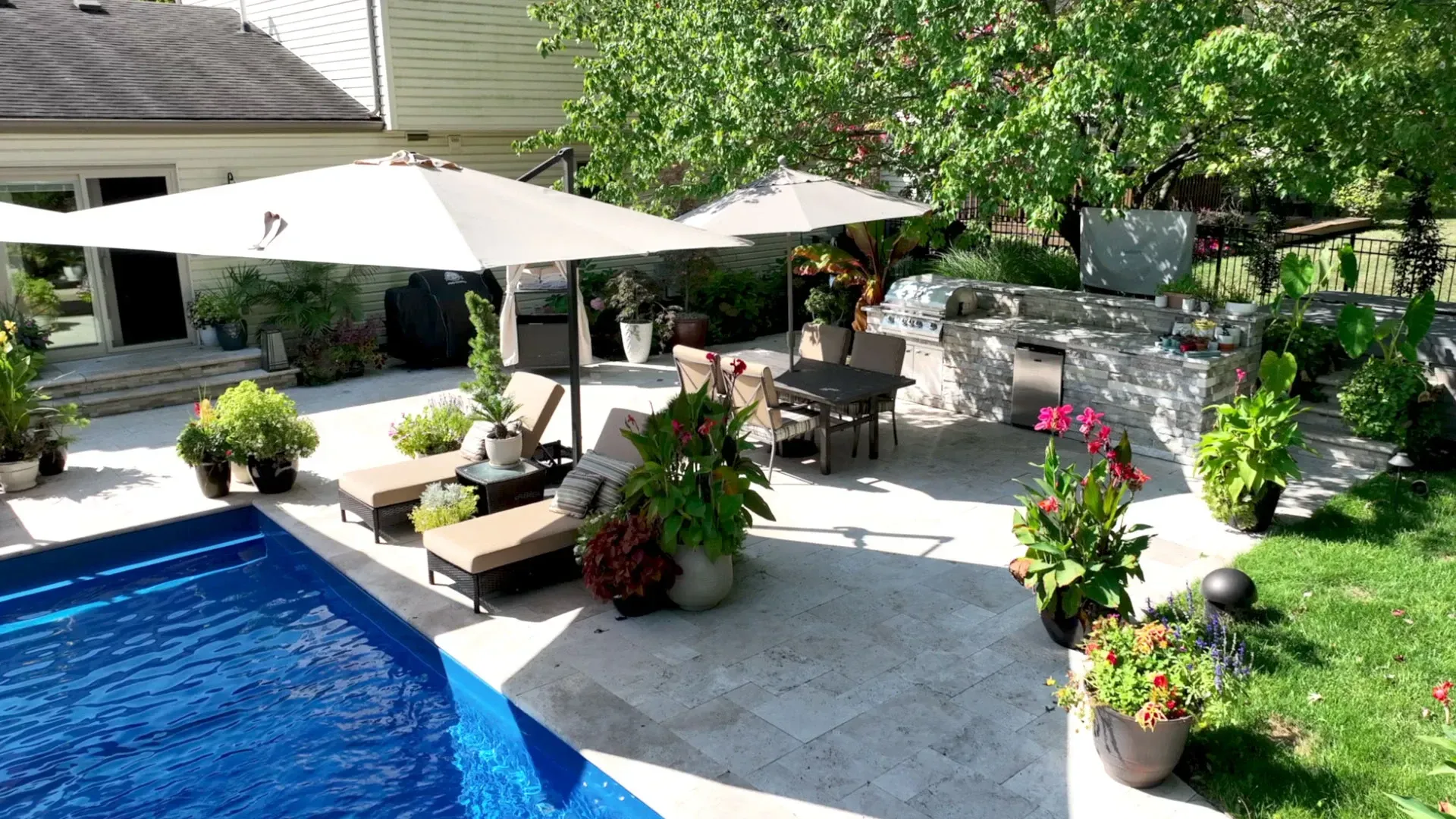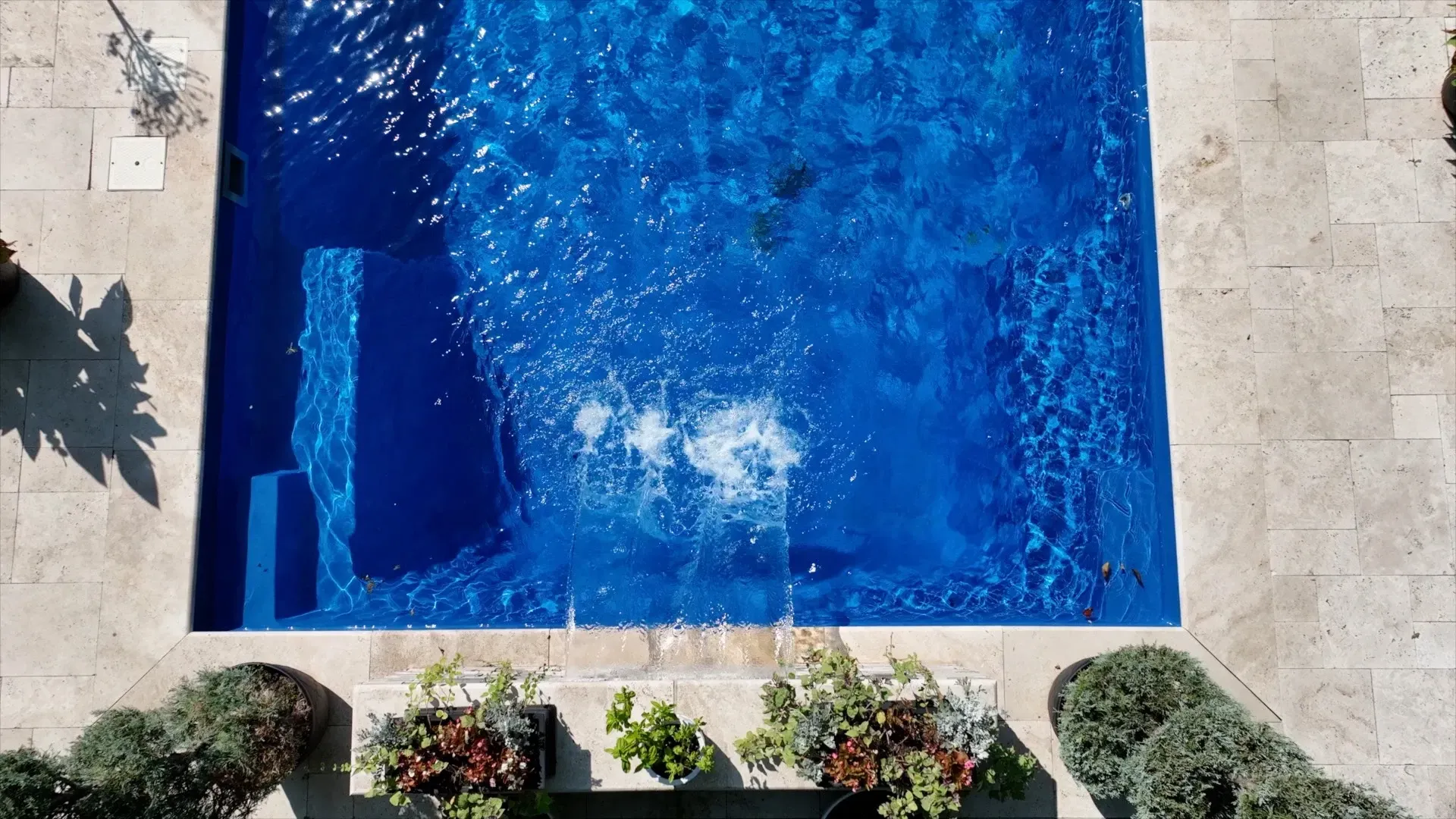7 Must-Do’s To Achieve The Perfect Garden Design

Whether your yard needs a good clean-up, fence repairs, new plantings, or a complete garden makeover, there are seven landscaping must-do’s to achieve the perfect garden design. So if you have never taken on a landscape design project before or are looking for new ways to achieve a more desirable outcome with your garden, then these seven tips are sure to get you on the right track.
With so many options from hardscapes to softscapes, plant types, drainage, soil types, seasonal influences, local planting codes, and ongoing maintenance requirements, it can be overwhelming for many to know the best way to approach the whole landscaping process. However, it may help to know that many of the same principles that are used to renovate the inside of your home can be used as a guide for your designs outside.
Here are seven tips used by professionals that are sure to help any landscaping beginner.
Tip 1 – Make a List
First Thing – Make a list. Draw up 2 columns – your ‘needs’ in one column and your ‘wants’ in the other. This will help you learn what is a must-have and what may be flexible to include in your landscape design.
For example, do your kids need a play space? Are you wanting to grow vegetables? Would installing an outdoor kitchen or firepit benefit your family or property value? Create some designs or sketches with the ideas of where you would like things.
This is an important and great way for beginners to organize their landscape design ideas. These do not need to be master plans, just ideas. You can easily play around and change the designs as your ideas unfold until you are ready to commence with the final design.
Tip 2 – Study the Natural Cycles in Your Garden
Take note of the natural cycles in your garden during the day and in the different seasons. Things like wind patterns, the sun’s movement through your yard, shaded from the summer heat, gardens that might be exposed to frost or excessive rainfall. If you are thinking of placing a patio on the side of your house that gets a lot of afternoon sun, particularly in the summer, it may be too hot to enjoy at dinner time.
Excessively windy spots can quickly extinguish a fire pit. Make sure your design will take into account the natural cycles not only at the different times of day but also throughout season changes. You may need to consider getting some professional assistance if these aspects present any issues.
Tip 3 – Think Through Your Design Ideas
Avoid coming to quick conclusions about your yard designs and instead, take the time to sit with and think through your ideas thoroughly. Here are two options that can help you avoid costly design mistakes.
Spend time just sitting in the different areas of your garden and visualizing how your ideas will interact and work together from multiple perspectives.
Call a professional landscaping design consultant to overlook your ideas and offer you sound advice on what may or may not work, and any other aspects you may not have considered.
Tip 4 – Start Small
Even though many landscaping transformation television shows complete portray the outdoor makeovers being completed in just three days, keep in mind that they have expert landscape designers and a large crew, which can create unrealistic expectations for many landscape design beginners.
Developing your plan slowly and doing it properly is an important part of creating a landscape design with a real purpose. And one that you will be able to enjoy for many years to come. If you take too many shortcuts because you are in a hurry, you may find yourself being sloppy in your workmanship. So start small and take the time needed; you can even do it in sections so that you are happy with the final results.
Tip 5 – Create a Theme, Style or Feature
A good landscape design will have a theme style or a feature that creates visual impact. Garden styles like Japanese, tropical, country garden and beachy are all great ideas. Mass planting of certain plant types, particularly flowering species are also visually appealing when in season. Garden features like a tree, statue, koi ponds and other water features are always a real winner with not only family and friends, but also the local wildlife.
Tip 6 – Focus on Creating Balance and Cohesion
The most difficult principle in landscape design for many beginners is creating balance and cohesion in their design that will give their yard a belongs-together look. There may be variations in color, shape and size of various elements but by creating cohesion in the design style it will allow the space to flow and function in a harmonious way which will only serve to enhance your garden’s appeal.
Tip 7 – Be Flexible
This is quite important. Unless you’re strongly fixed on an idea, be open and flexible to change. Often, things we may find ourselves fixed on can easily fall out of style or may not function the best in the overall design. Sometimes what we really like one day may not reflect what we like in a year from now. Be completely honest and realistic with your wants and needs in the design so you can achieve the perfect landscape design for your garden.
If you still find it all a little overwhelming or you would like to get a professional opinion in creating your perfect garden landscape design, then the expert team at Omni Pools & Scapes can help! With over 20+ years experience in the field, they can help you achieve the perfect landscape design to suit any size yard or budget.
Ohio Omni Pools & Scapes is the number one choice for landscaping and hardscaping design services in Columbus Ohio. Call today and book your FREE consultation appointment.
OMNI LEARNING CENTER
RECENT POSTS




